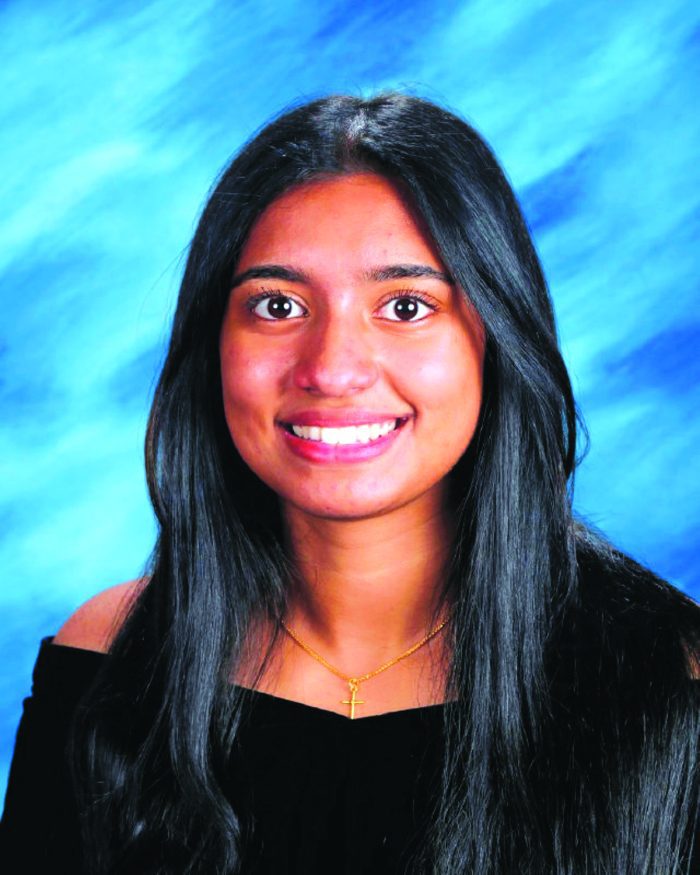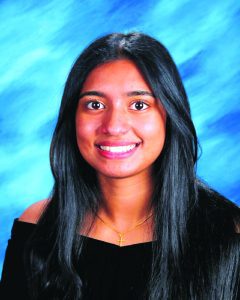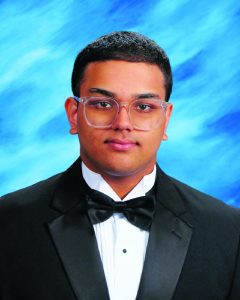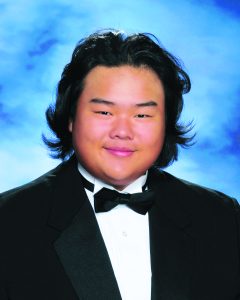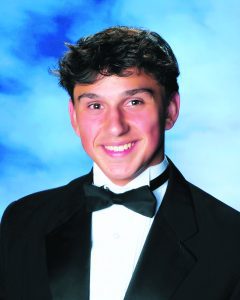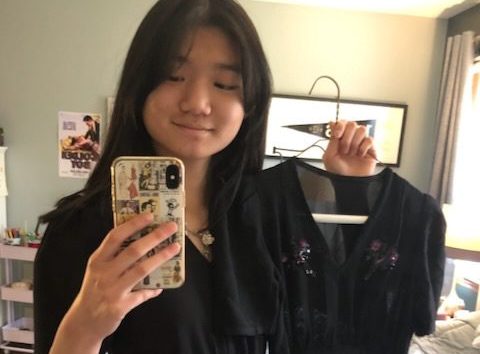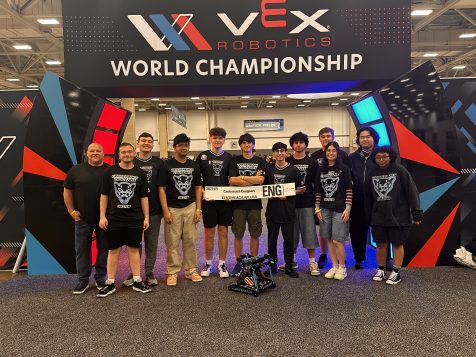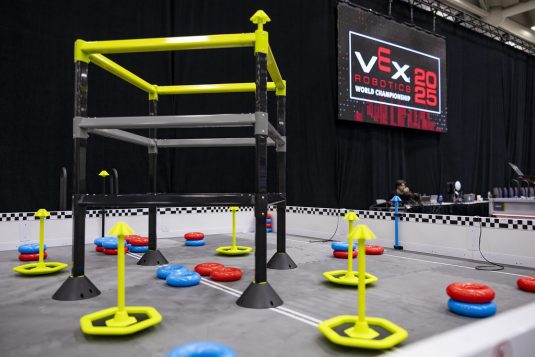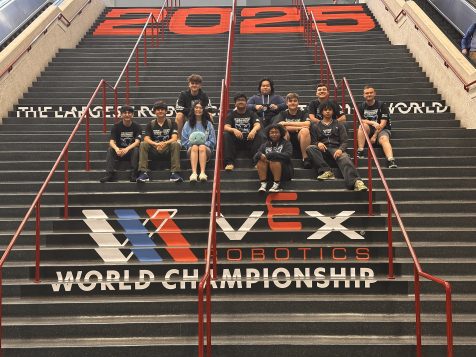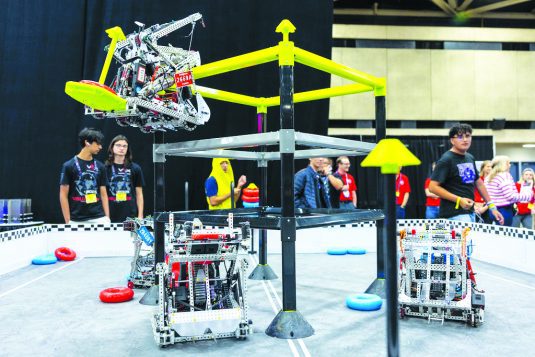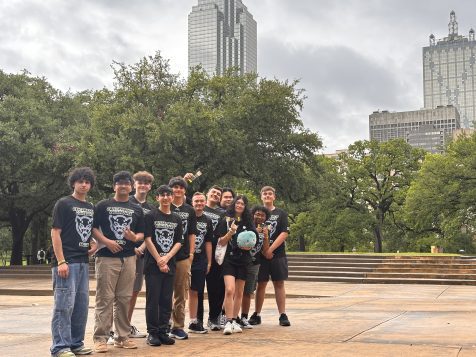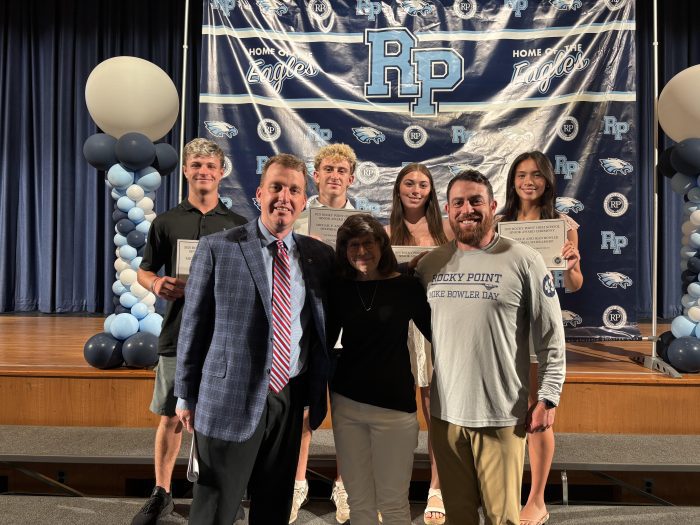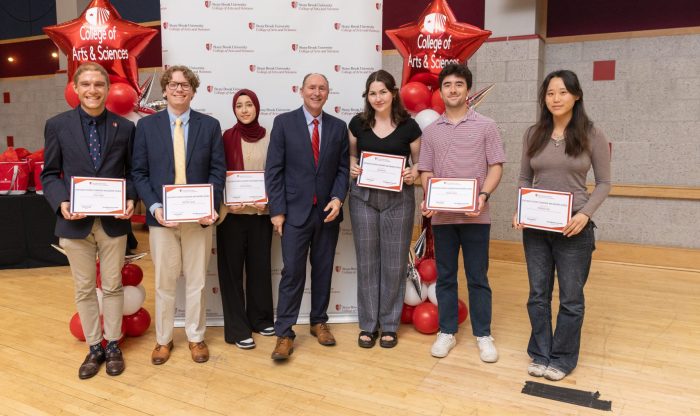By TBR Staff
TBR News Media sent a Q&A to local salutatorians and valedictorians, asking about the strategies that helped them become their school’s top performers. Here are the scholars leading Earl L. Vandermeulen’s Class of 2025 in the Port Jefferson School District.
Sara Freitas: Valedictorian
• GPA: Weighted – 103.0; Unweighted – 99.5
• Activities: Interact Club (President), Investment Club (President), Environmental Club (President), International Club (Secretary), LEO Club (Secretary)
• Attending Brown University to study Applied Mathematics
Jax Moore: Salutatorian
• GPA: Weighted – 102.88; Unweighted – 99.64
• Activities: Science Olympiad (Grades 9–12; 3-time medalist), GSA (Secretary), National Honor Society, Virtual Tutor, Save A Pet volunteer, STEM program (Grades 9–11), Fall Play, Environmental Club Fundraiser Organizer
• Attending Binghamton University to study Biochemistry with a minor in Spanish
What advice would you give an incoming freshman?
Freitas: I would encourage incoming freshmen to pursue what catches their attention, no matter what that interest may be. It’s easy to lose sight of oneself in the modern world. Amongst pressures to appease others and chase a lucrative career path, I’d encourage younger students to live for themselves, work for their goals, and remain true to themselves; that is the only way true success can be achieved.
Moore: Don’t let yourself get caught up in comparison or what you “should” be doing. At the end of the day, the number of AP classes you took or your grade in a certain class don’t matter; it’s more important to explore your passions and learn something new.
How did you stay motivated throughout your studies?
Freitas: It’s easy to stay motivated when you change your perspective. Although it’s human nature to burn out and require relaxation, I am always able to find my way back to my studies by remembering it is a privilege, not a chore, to learn. I try to remind myself that studying is for my benefit; it’s not just an assignment. Rather, it’s my future.
Moore: I’ve always been a very driven person who sets lofty goals for myself, and it’s that drive that motivated me to try my hardest throughout high school.
Please share some study habits you employ that helped you maintain high grades.
Freitas: My study habits have shifted through the years as coursework has grown increasingly cumbersome. I’d recommend studying for tests about five or so days in advance whenever possible. It allows you as a learner to take control. By the day of the test, the material will feel second nature. Besides that, making notecards can be helpful to conceptualize information.
Moore: The system I found that works best for me is periodically taking notes on what work I need to complete for each class I’m in. Then, when I get home from school, I’ll go through that list and start with the tasks that need to be done first. To keep myself motivated, I often start with the assignment that I think will be easiest because it’s easier to transition into doing something harder when you’re already in “work mode.” I also keep my phone in another room to avoid distractions. One of the key parts of high school is discovering how you learn best and developing time management skills.
What are your goals or career aspirations?
Freitas: This is tentative to change, but as of now I am interested in mathematics. I’m not sure how this will look in a career, so for now my goal is to successfully complete college. I think it would be amazing to become a Mathematician, but I’m not sure if this is the perfect fit for me.
Moore: I plan on going into medical research and/or practicing medicine.


